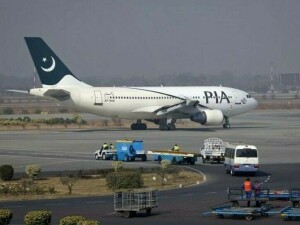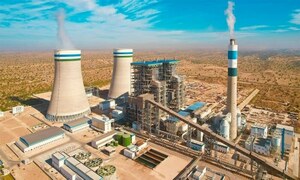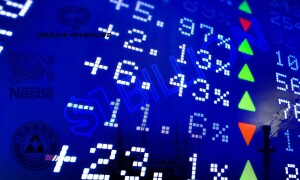A cursory look on the list of top 10 sugar exporting countries reveals that only four of them also feature on the list of top 10 sugarcane producers. What gives?

Of the top ten exporters, four belong to EU region and produce sugar mainly derived from sugar beet. On the other hand, other major producers such as China and USA don’t make it to the exporting list on account of significant domestic demand down the value-added chain.
When it comes to sugar, the world has moved beyond the sparkling white crystals to value-added such as biofuel, industrial CO2, and ethanol. Thus, high sugar exports cannot be assumed a given if a country is large sugarcane producer.
Nevertheless, countries such as Brazil, and more recently, the neighbouring India have begun to excel in both. The top sugar producing country accounts for half of the global export to more than 100 countries; and at the same time is the second largest exporter of ethanol, behind United States.
Brazil’s comparative advantage in sugarcane has allowed it to leverage the industry for other uses. The sector produces up to 1,000MW of bioelectricity which fulfils close to 2 percent of the country’s energy needs. Sugarcane based industry in the country is valued at $50 billion, of which $14 billion comes in export earnings. Biofuel from sugarcane also powers more than half of the country’s light vehicle fleet.
Of course, a large part of Brazil’s sugar success story stems from the high sucrose recovery rate from cane, up to 15 percent in certain regions. This is compared to average recovery rate in Pakistan, which has averaged at about 10 percent for past many years.
The high rate of sucrose recovery has fuelled a virtuous cycle, where increase in cane crushing capacity has followed increase cane growing. However, it is of note that installed cane crushing capacity in the country is on an average about 75 percent of total sugarcane production in the country.
India presents a similar story. While the number of sugar milling units in both countries is close to five times that of Pakistan, installed capacity in both countries usually clocks in at three-fourth of sugarcane production. When compared to other sugar exporting nations, this appears to be the norm.
Moreover, as sucrose recovery rates from sugarcane in all major exporting nations on average stand at close to 12 percent, almost 2 percentage points higher than in Pakistan, the production efficiency per mill in the compared regions goes even more higher.
























Comments
Comments are closed.